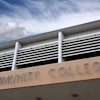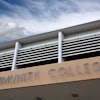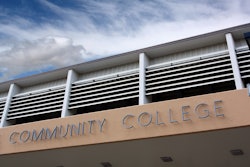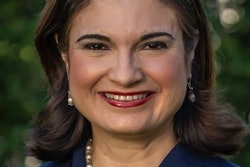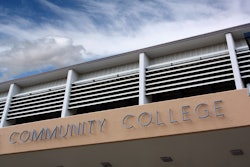America’s universities have long had a reputation for being the best in the world—a truth so apparently self-evident that it’s rarely been doubted or questioned. But what if the nation’s 5,000 institutions of higher education, as a whole, have fallen behind their international peers?
Indeed, there’s a lot of evidence that American higher education could be doing significantly better. But how?
It’s a question The Hechinger Report set out to answer by visiting countries on three continents and examining their new higher education agendas.
As President Barack Obama has noted time and again, the U.S. has slipped from first to 16th in the world when it comes to the percentage of our population aged 25-34 with postsecondary credentials. We’re at 41 percent, or about two out of every five young adults, according to the latest data from the Organisation for Economic Co-operation and Development—and this despite the huge cost of U.S. higher education to families and taxpayers.
World champion South Korea is at 63 percent. Canada—with which the United States shares a border, yet which fares far better in this international ranking—is tied with Japan for second. Fifty-six percent of Canadian and Japanese young people hold degrees. Russia follows, in fourth, at 55 percent. So what’s going on?
Yes, the U.S. is home to Ivy League institutions such as Harvard and Yale, along with top-rated M.I.T. and Stanford. And, yes, the U.S. boasts 17 of the top 20 universities in the world, according to the most recent Academic Ranking of World Universities by Shanghai Jiao Tong University.
Yet these institutions enroll a thin slice of America’s 20 million college students. Far more attend two- and four-year colleges, both public and private, of often questionable quality.
